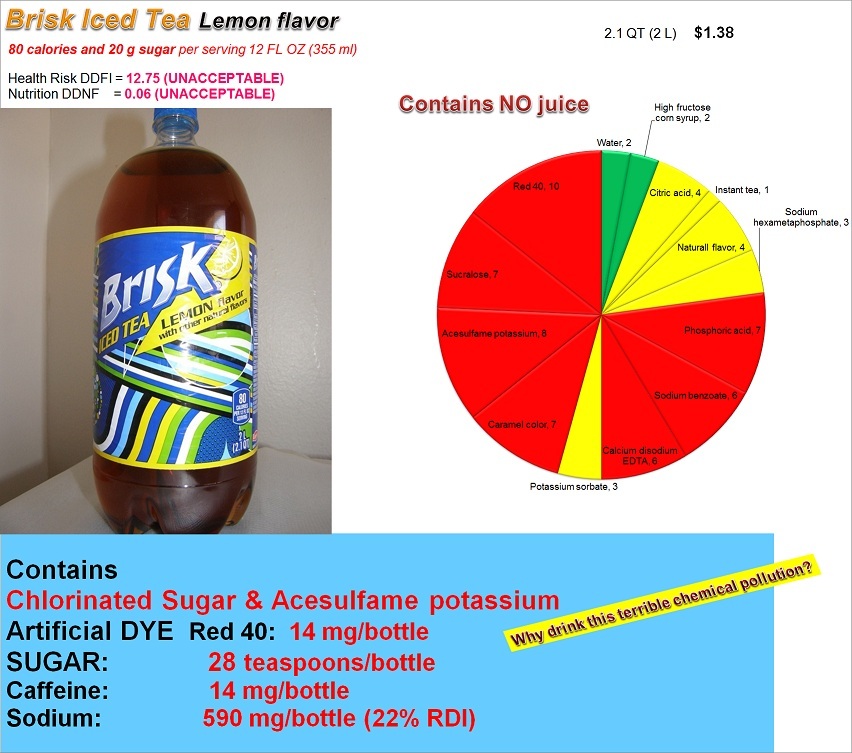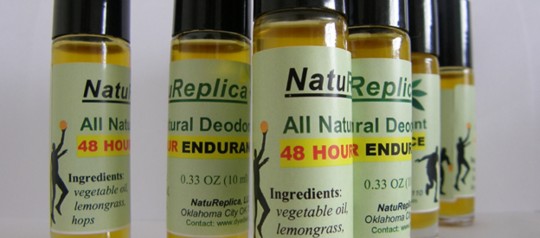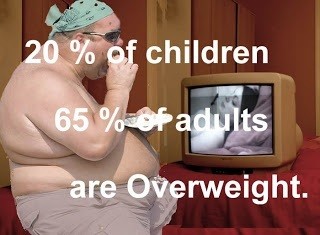Brisk adds three more chemicals to reduce calories
Artificial colors, child’s health and regulations
There were four unwilling food additives found in the Brisk Iced tea when I have reviewed it a while ago. Combinations of artificial color Red 40 (Allura Red AC) and sodium (or potassium) benzoate are very common for soft drinks in America. Studies published by UK researchers in September of 2007 demonstrated that artificial colors or sodium benzoate preservative (or both) in the diet did increase hyperactive behavior (ADHD) in children in the general population. Soon after this finding, European Food Standards Agency required mandatory warnings on any food and drink that contains any of the six (Red 40 included) artificial colors saying: “May have an adverse effect on activity and attention in children.” Please note that ADHD is classified as a mental disorder and as such should be taken very seriously. In contrast, the US FDA concluded “that a causal relationship between exposure to color additives and hyperactivity in children in the general population has not been established” and thus keeps comforting the American consumers that artificial colors are perfectly safe.
DyeDiet Doesn’t Buy It!
FDA nevertheless agreed that: “For certain susceptible children with Attention Deficit/Hyperactivity Disorder and other problem behaviors, however, the data suggest that their condition may be exacerbated by exposure to a number of substances in food, including, but not limited to, synthetic color additives.” Oh, thank you! But why FDA has nothing to say about alarming growth of ADHD cases in American children and even adults and what FDA can do to ensure consumer safety? (Watch video: Food Dyes and Behavior).
Brisk offers risk
I believe that this is in our – the consumer’s interests to apply Precautionary Principle when shopping at groceries: “Better Safe Than Sorry!” The Dye Diet Calculator is a tool which may help us on this way. Simply go to Dye Diet Calculator page and start typing in the product name: “brisk” then choose Iced Tea Lemon flavor (new, 2013) from suggestions menu to see what a tremendous health risk of 12.75 and essentially zero nutritional value of 0.06 you get from drinking Brisk Iced Tea with lemon flavor and 80 calories per 12 FL OZ. You see seven food additives to avoid listed in alphabetical order in the Health Risk outcome:
- Phosphoric acid may destroy enamel and reduce body calcium (note, human body is basic, pH ~ 7.4 that is opposite to being acidic)
- Sodium benzoate
- Caramel color (contains carcinogenic impurities)
- Acesulfame potassium, an artificial sweetener
- Calcium disodium EDTA, may prevent absorption of vitamins
- Sucralose (chlorinated derivative of sugar) and
- Red 40, an artificial colorant. Why to add it if tea is REAL??
Indeed, BRISK OFFERS RISK! You may want to know which other products contain the “bad” ingredient by clicking on it in the Dye Diet Calculator Health Risk outcome. This function will show you list of other products that you may want to avoid.
Now if you click on <Reset>, start typing in “brisk” again and choose Brisk Iced Tea (old, 2011) you will see Health Risk 7.25 and Nutritional Value 0.09 that come with 140 calories per 12 FL OZ of the Brisk Iced Tea reviewed in 2011. It was bad, higher in calories, not recommended but still was a little less poisonous than today’s Brisk. (Please note that the values obtained manually in the past may be different from those obtained with Dye Diet Calculator because I have made some changes in the concept). Now Brisk offers you 40% reduction in sugar and calories intake by means of adding three “bad” food additives: phosphoric acid, acesulfame potassium and sucralose.
Bottom line. In my opinion both old and new Brisk Iced Teas are nothing more than nasty chemically polluted water flavored to trick you into believing that it is tea and buying the product which will not add any good to your health. Use of the Dye Diet Calculator to sort out chemically denatured products from your and your children’s diet. What to drink instead? Well, if filtered pure water sounds too boring to you then a lemon squeezed into a pot of home-brewed tea is much better idea than drinking Brisk.
Category: FDA food regulations, Food Dyes Exposure, Food Terrorism, Soft drinks








Is brisk 0 calories green peach tea healthy?
I am not familiar with the product. Watch for artificial sweeteners in zero calorie drinks. In general I wouldn’t expect them being healthy. The only certainly healthy zero calorie drink is pure water.
Healthy alternative: Mix a pitcher of home made tea with 1 tbsp lemon juice and some sugar.